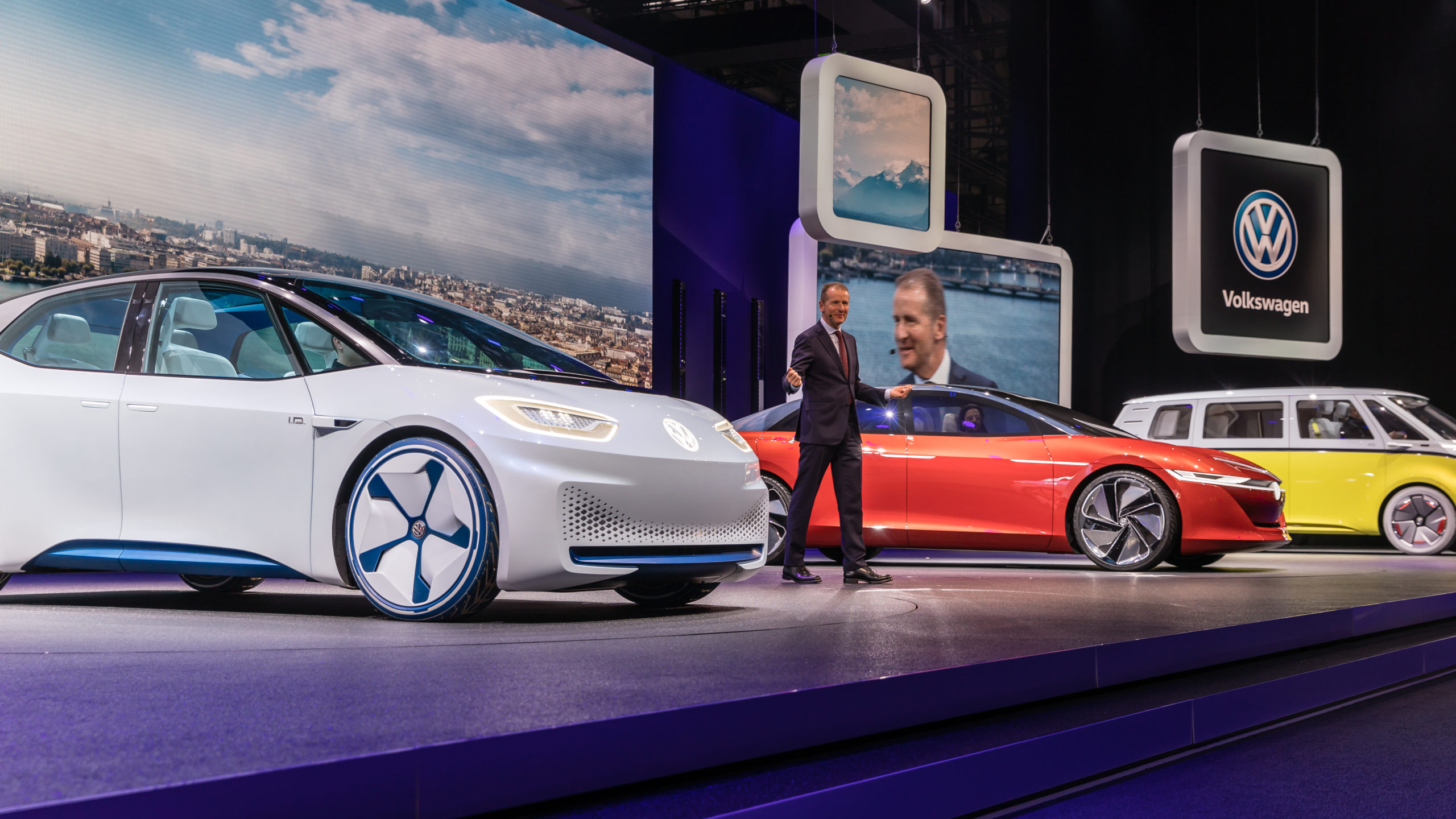
The automotive landscape is evolving, and one of the most significant shifts is the rise of electric vehicles (EVs), such as Teslas, and their lower maintenance needs compared to traditional gas-powered cars. Understanding how EV maintenance differs can help car owners better appreciate their vehicles and make informed decisions about their upkeep.
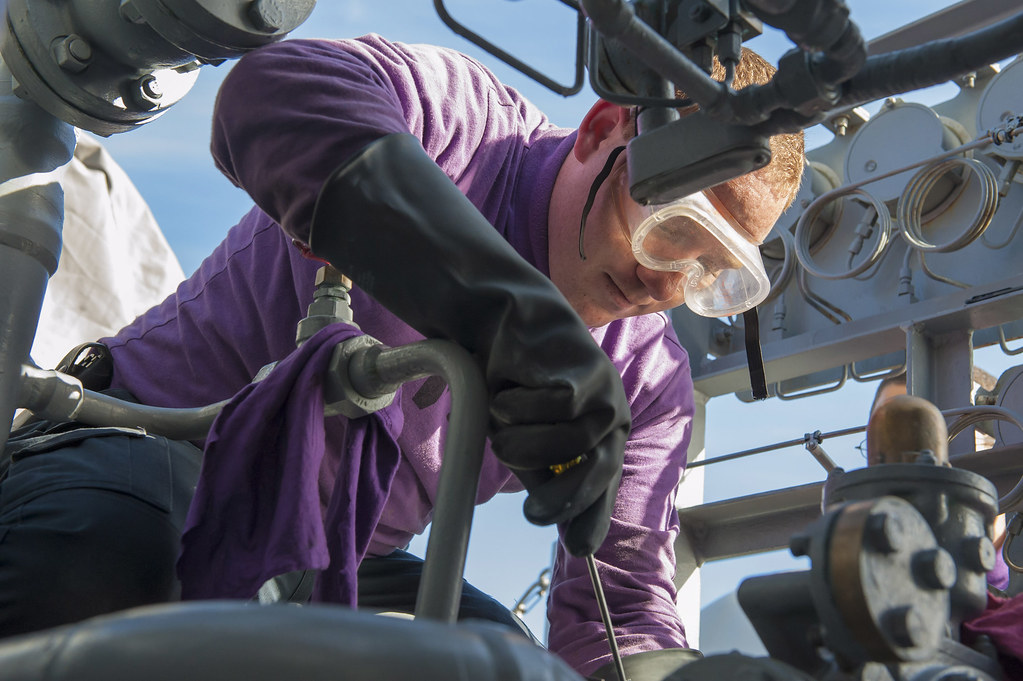
1. **Minimal Routine Maintenance**: Electric vehicles have dramatically reduced maintenance requirements when compared to gas-powered cars. With fewer moving parts and no engine oil to change, EV owners can enjoy a hassle-free experience. Tesla highlights this by stating that their vehicles “eliminate the need for service.”
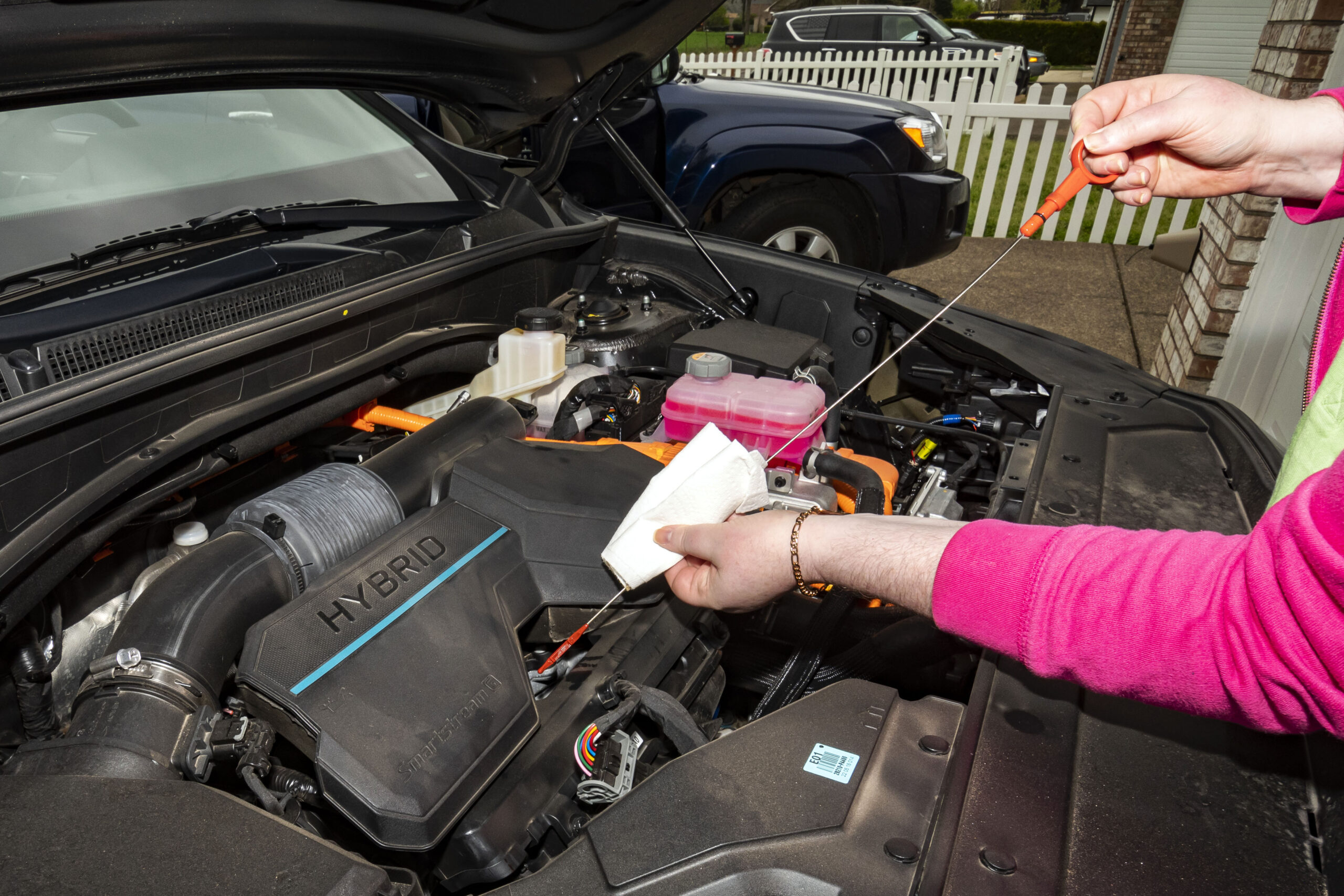
2. **Fewer Fluids to Maintain**: Traditional gas vehicles require various fluids to function properly, including engine oil, transmission fluid, and coolant. In contrast, EVs operate primarily on electricity, which means they have far fewer fluids to check and maintain on a regular basis. This simplicity is a dream come true for drivers who are often overwhelmed by the myriad of maintenance tasks required for gas-powered vehicles.

3. **Breakthrough Regenerative Braking**: One of the standout features of EVs is their regenerative braking system, which captures energy during braking and uses it to recharge the battery. This innovative technology not only conserves energy but also reduces brake wear significantly. As a result, EV owners find themselves replacing brake pads far less frequently than their gas-powered counterparts, making maintenance even easier.

4. **Battery Life and Maintenance**: Although EVs require less routine maintenance, battery care is crucial. EV batteries come with warranties, typically lasting 8 years or 100,000 miles, assuring owners of their longevity. However, it’s recommended to regularly check the battery’s health and ensure that it’s operated within safe parameters to maximize its life.
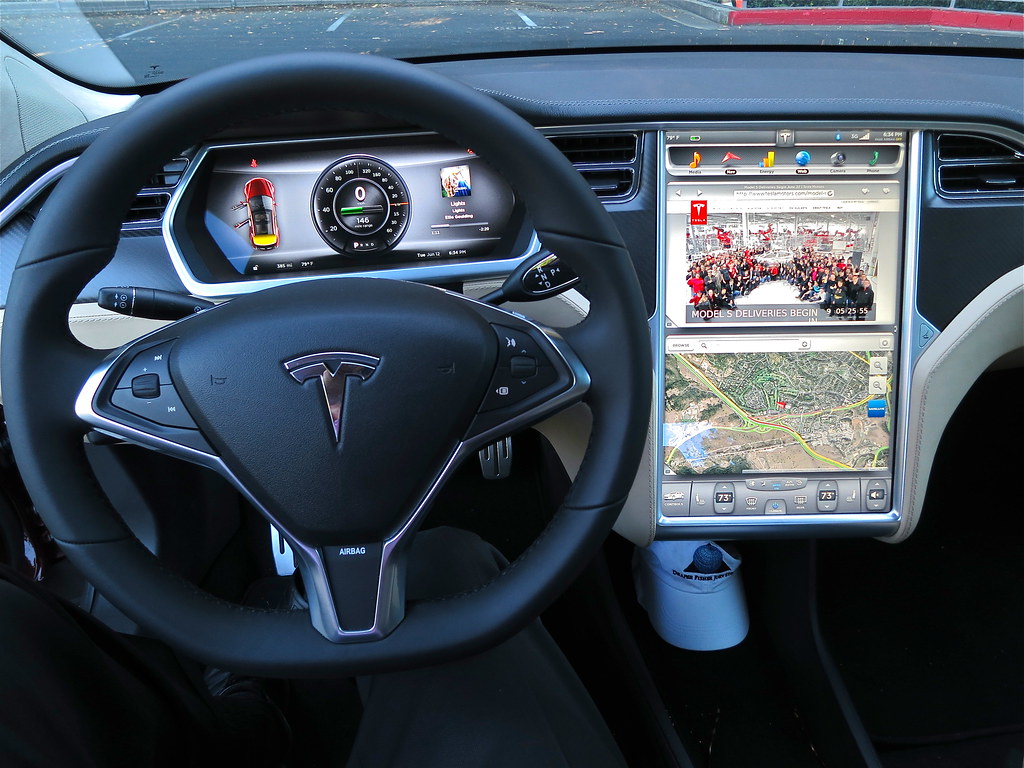
5. **Software Updates and Diagnostics**: Tesla and other manufacturers have integrated advanced software capabilities into their vehicles, allowing for over-the-air updates that enhance performance and address potential maintenance issues. This tech-savvy approach means that many problems can be resolved remotely, reducing the need for physical visits to the service center.
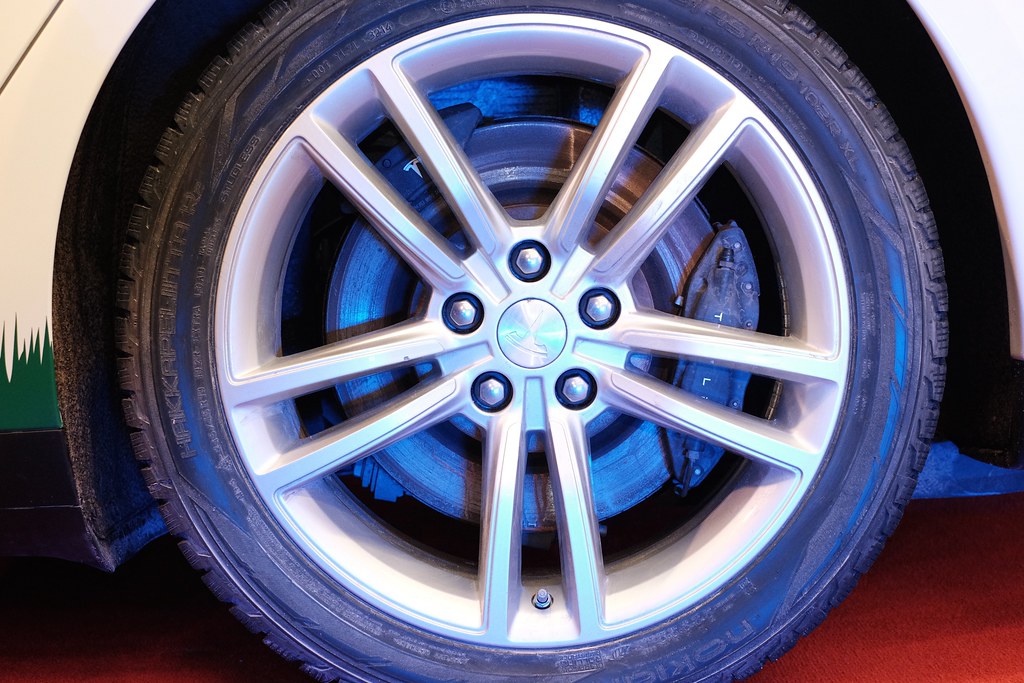
6. **Tire Maintenance**: Tires on electric vehicles can wear out differently due to the unique weight distribution from the battery packs and the quicker acceleration capabilities. EV tires are designed to handle these factors, but they may need to be replaced more frequently than those on gas-powered vehicles. Regular inspections and replacements are key to maintaining optimal performance and safety.
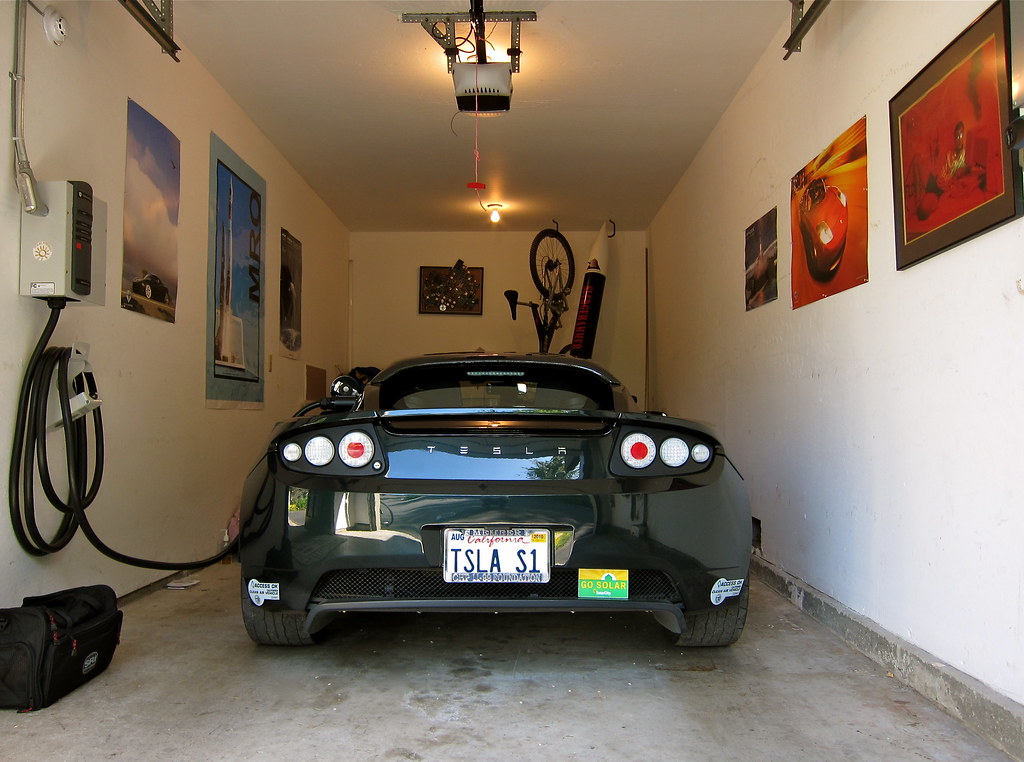
7. **Long-Term Ownership Insights**: Understanding the long-term ownership of an EV is essential. As these vehicles become more prevalent, it’s important to educate buyers about the unique aspects of EV maintenance and the potential costs associated with battery replacements that might only arise decades into ownership. Knowledge is power, and being informed can help EV owners prepare for the future.

8. **Cooling System Checks**: The cooling systems in electric vehicles are critical for maintaining battery life. Unlike gas-powered cars that use a traditional radiator system, many EVs utilize liquid cooling systems to regulate battery temperatures. Regular checks on coolant levels and the integrity of the cooling system are essential to prevent overheating, which can lead to significant performance issues.
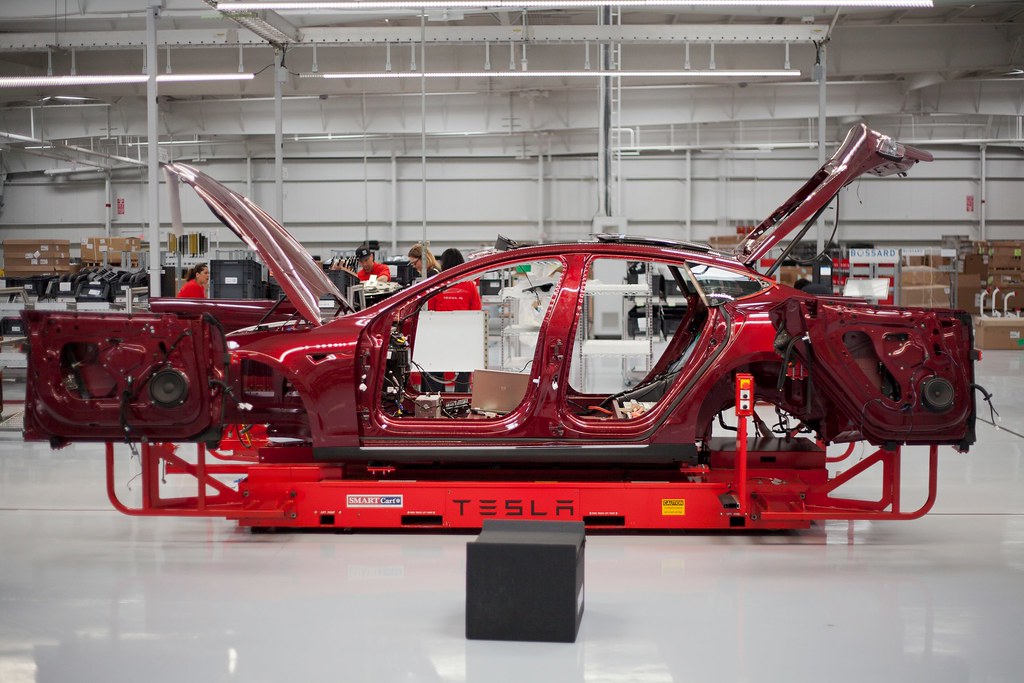
9. **Body and Chassis Care**: While the mechanical components of EVs require less frequent attention, owners should not neglect the body and chassis. Regular washing and waxing protect the paint and prevent rust, particularly for those living in areas with harsh weather conditions. Keeping the undercarriage clean helps prevent corrosion and ensures that the vehicle remains in top shape for years to come.



